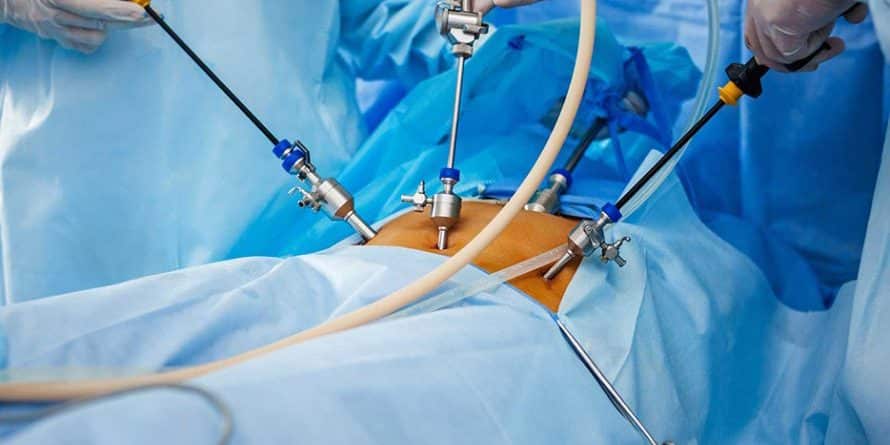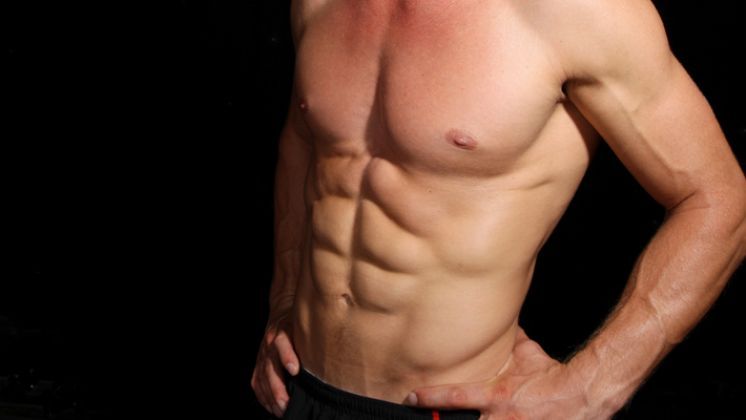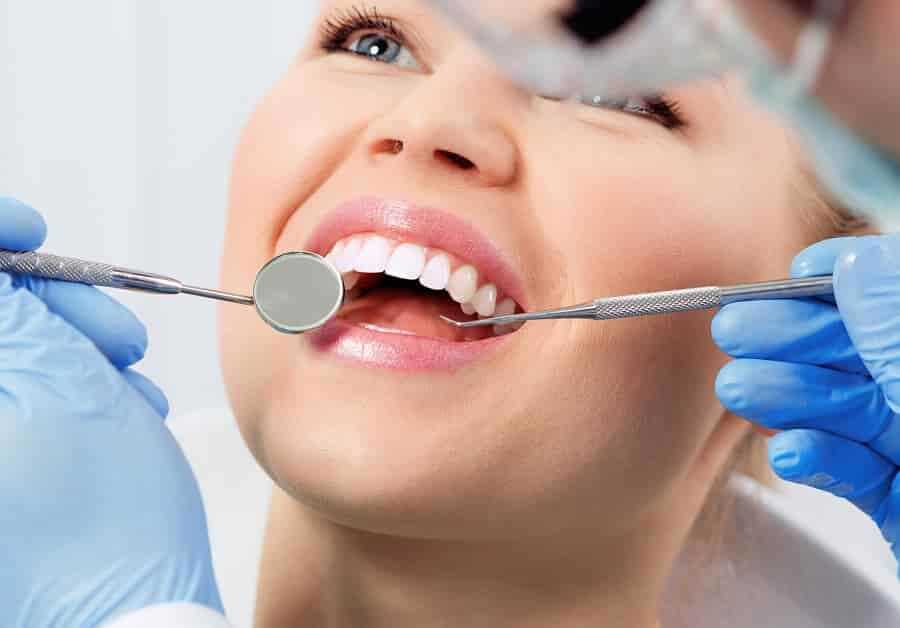What is Fractional Carbon Dioxide Laser?
Unfortunately, skin problems such as acne, burns, wounds, spots are the common problem of all of us. Therefore, for the solution of this situation, which causes an aesthetically negative image, laser technologies appear with successful results. With the Fractional Carbon Dioxide Laser (Co2) process, one of the most preferred methods in recent years, both the treatment of skin problems and the stimulation of collagen formation are carried out.
It is the most powerful laser technology procedure used in the treatment of scars such as acne, scars, cracks and burns, including aging on the skin, by acting on the upper and middle layers of the skin for the purpose of renewing the skin.

In which diseases is it used?
Fractional carbon dioxide laser is a method used for acne scars, surgery, burns and scars, stretch marks after pregnancy and childbirth, skin wrinkles for anti-aging purposes, and facial sagging for tightening purposes. It is also used in the treatment of old age and sunspots and melasma, which is called a pregnancy mask.
Does the fractional carbon dioxide laser have advantages?
In recent years, we have come across many innovative and developed applications. You should know that Fractional carbon dioxide laser, which is the most powerful laser technology used for renewing our skin, is among the most preferred methods in recent times due to its high curative treatment effects and low side effects. With this technology, which acts on both the upper and lower layers of our skin, spots on the upper skin are treated during the regeneration of our skin, and collagen formation is stimulated.

After the Fractional CO2 Laser, which is the most effective of the lasers applied as skin rejuvenation, the formation and restructuring process of collagen fibers continues for about a year. Especially in deep applications, it is possible to make the process more superficial or deeper according to the person’s complaint and skin needs. It is very important that this decision is made by the doctor.
How is fractional carbon dioxide laser performed?
During the procedure, the laser beam is applied to the skin in microscopic round columns. In this way, stable tissue areas between round columns are ensured. With this process, mainly the water in the treated areas is defined as the target. In short, water-containing structures such as collagen, blood vessels, and keratinocytes are subjected to thermal damage in a controlled manner by laser beam. A warning is sent for the living cells in the healthy tissues right next to the damaged area to go to the damaged area and renew the damaged tissue. During the regeneration of the skin, while the spots on the upper skin are treated, on the other hand, collagen formation is stimulated.
Along with fractional carbon dioxide laser, methods such as PRP and mesotherapy, which are among other anti-aging applications, can be included in the treatment. Particularly in the treatment of anti-aging and melasma, Fractional carbondicoside laser application together with PRP and mesotherapy will give more effective results.

When can normal life be resumed after treatment?
After the procedure, the patient’s recovery may continue for seven or ten days. The skin becomes red and edematous in the first three days, and peeling occurs in the later process. Patients can continue their normal lives after about a week.
When does the effectiveness of the treatment appear?
The effectiveness of the treatment usually becomes apparent after three months and the effect is not immediately apparent. Although peeling at first may seem like a peeling effect, the treatment effect and healing on the skin usually begin to show itself within 3-6 months. Because collagen production in the skin occurs during these periods.
How many sessions should the treatment be applied?
The number of sessions of the treatment differs depending on the purpose of the treatment, the area to be treated and the skin characteristics of the person. While the number of sessions is usually three or six, the time between two sessions is determined as one month. In more superficial operations, it is necessary to increase the number of sessions.

When should fractional carbon dioxide laser treatment be applied?
Fractional carbon dioxide laser process is mostly done especially in winter periods.
What should be considered after the procedure?
If the redness and peeling on the face come into contact with the sun after the procedure, there is a risk of pigment, that is, the formation of spots on the face. It is not enough to use sunscreen in the days after the procedure, so it is an important detail that the patients do not go out for three or five days after the procedure.
Does the skin color of the person have an effect on the processing?
You should know that while dark-skinned people are more affected by regional pigmentation or loss of pigment, fair-skinned people are more fortunate in this treatment.
Is there an age limit for the procedure?
Fractional carbon dioxide laser is a treatment method that has no age limit and can be applied to everyone, and those with chronic diseases can also have it done.

Who is this procedure not suitable for?
Fractional carbon dioxide laser should not be applied only to those with hypertrophic scar and keloid risk with excessive wound healing. In people with such excessive tissue healing, the damage to the skin is seen in a thick finger thickness, that is, abnormal healing. Also, sensitivity to light, which prevents blood clotting, occurs. You should know that those who use drugs and those who enter the solarium are among the people who will not be treated.
Can fractional carbon dioxide laser application be repeated?
In the fractional carbon dioxide laser application process, there may be a reversal with the continuation of aging. However, if these applications are done regularly, you will have a renewed skin in the long run. The condition of the person differs according to the aging rate, lifestyle, sleep pattern and genetics.






